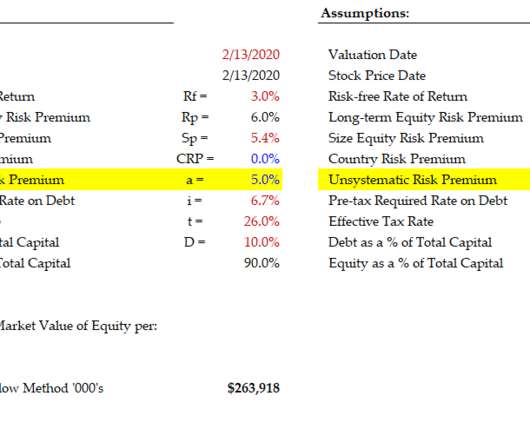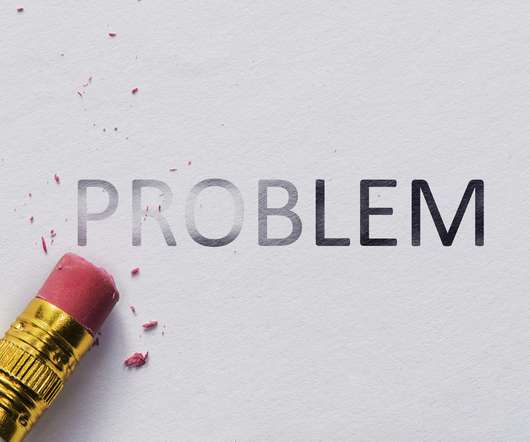ESG Valuation Considerations – Top Down or Bottom Up?
Value Scope
JULY 21, 2020
Intangible asset valuation concepts can and should be applied to unique ESG cash flows. Will ESG assets be recorded on balance sheets one day soon, just as intangible assets such as goodwill and intellectual property are recorded today? This information gap can affect valuations for the worse.”



















Let's personalize your content